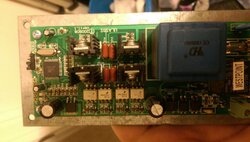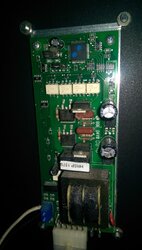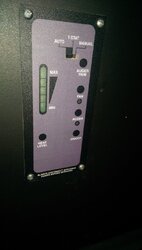My feeling is that you are trying to heat a pretty good space without enough btu's. It's not the stove, its that the stove needs to be allowed to burn more pellets. 10 foot ceilings in every room, stone and 3,000 as feet, even if well insulated is a lot of space to heat.
You spent 4,000 on propane and 800 on pellets (3 Tons?). I would spend about 3,500 on propane alone to hear my 2000 sq feet. To heat with just pellets I use 5-6 Tons. So if you were to go just pellets I would guess you are around 9-10 Tons

Now I am just approximating, but my point is I think you need to burn a LOT of pellets to heat your house because you need a LOT of BTU's regardless of where they come from.
Now I am just approximating, but my point is I think you need to burn a LOT of pellets to heat your house because you need a LOT of BTU's regardless of where they come from.





 ..
.. ) ship lap exterior ,dead air space with the 2x4 balloon construction, and plaster/lathe.
) ship lap exterior ,dead air space with the 2x4 balloon construction, and plaster/lathe.